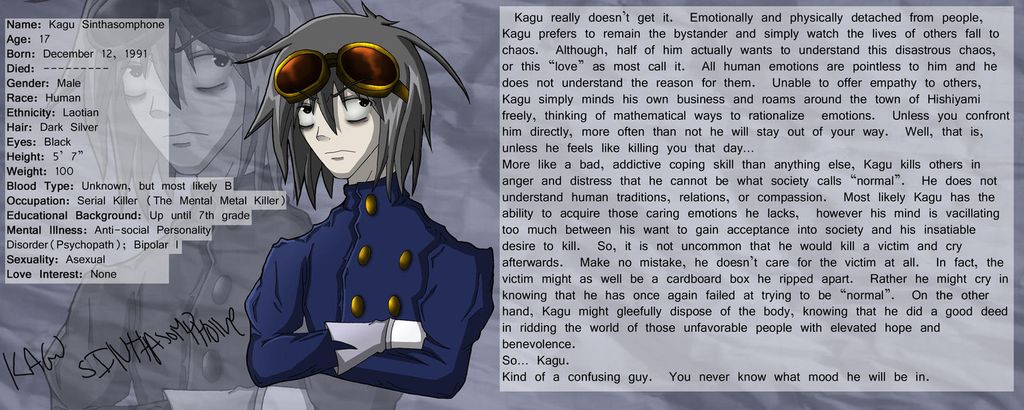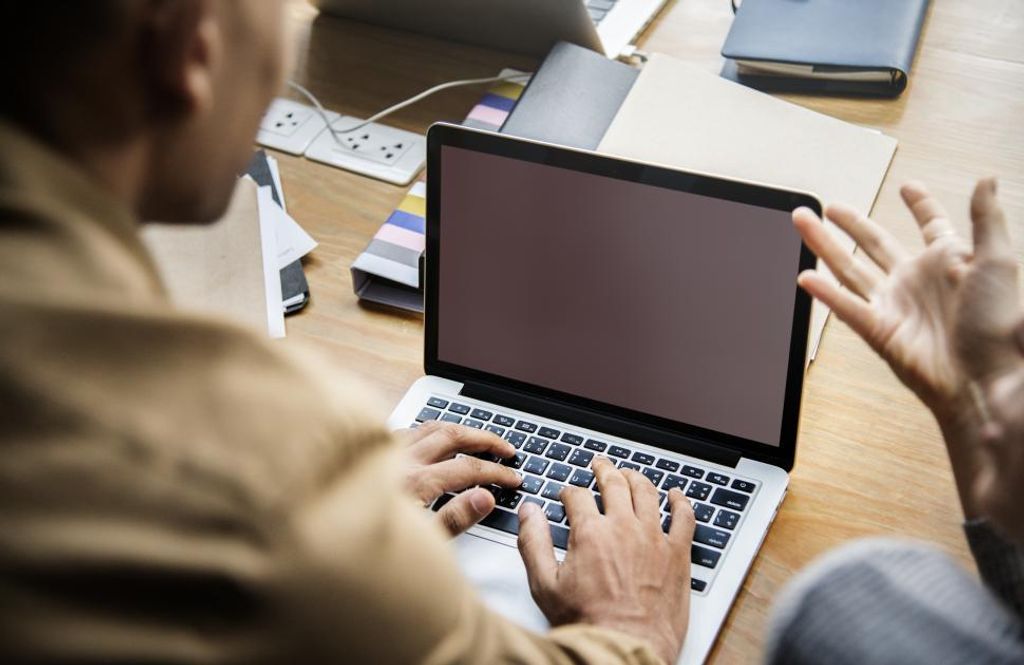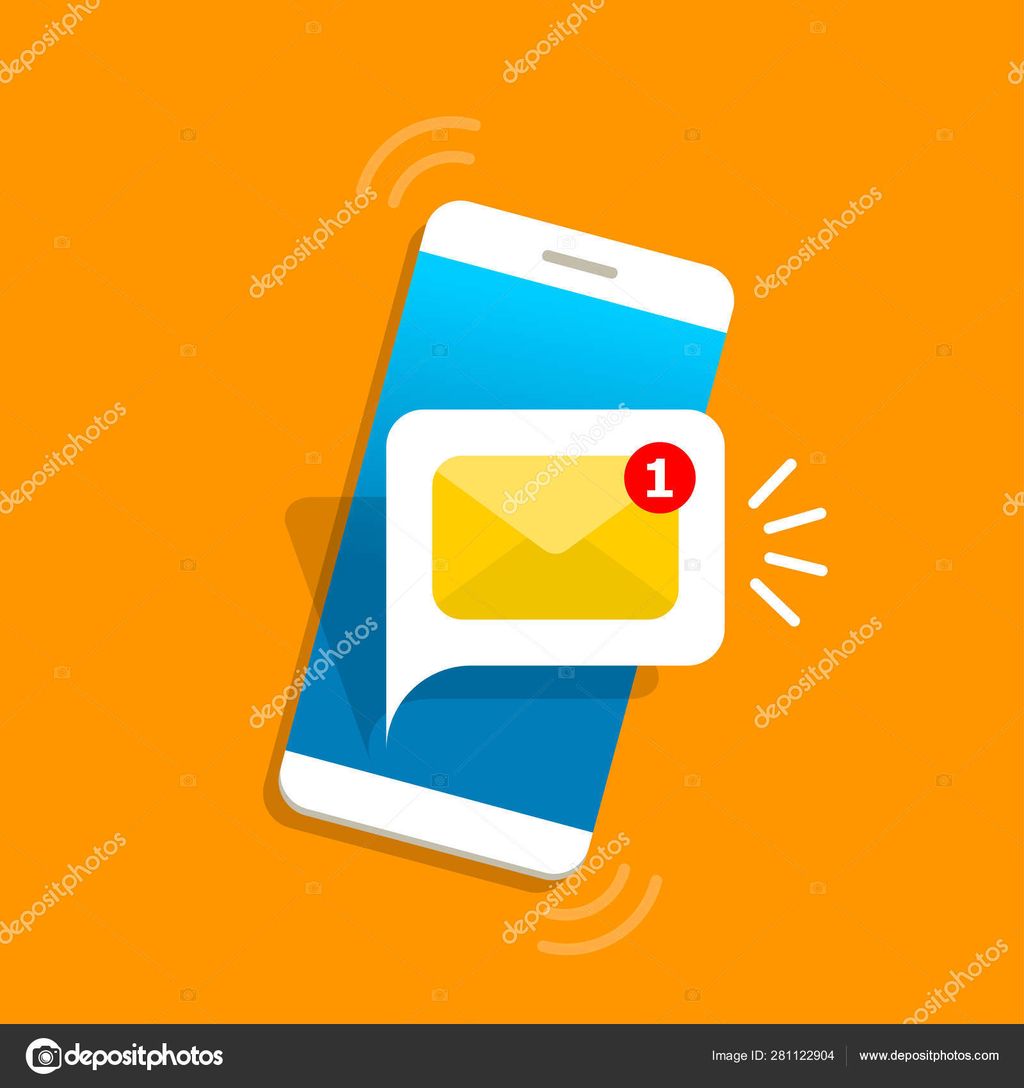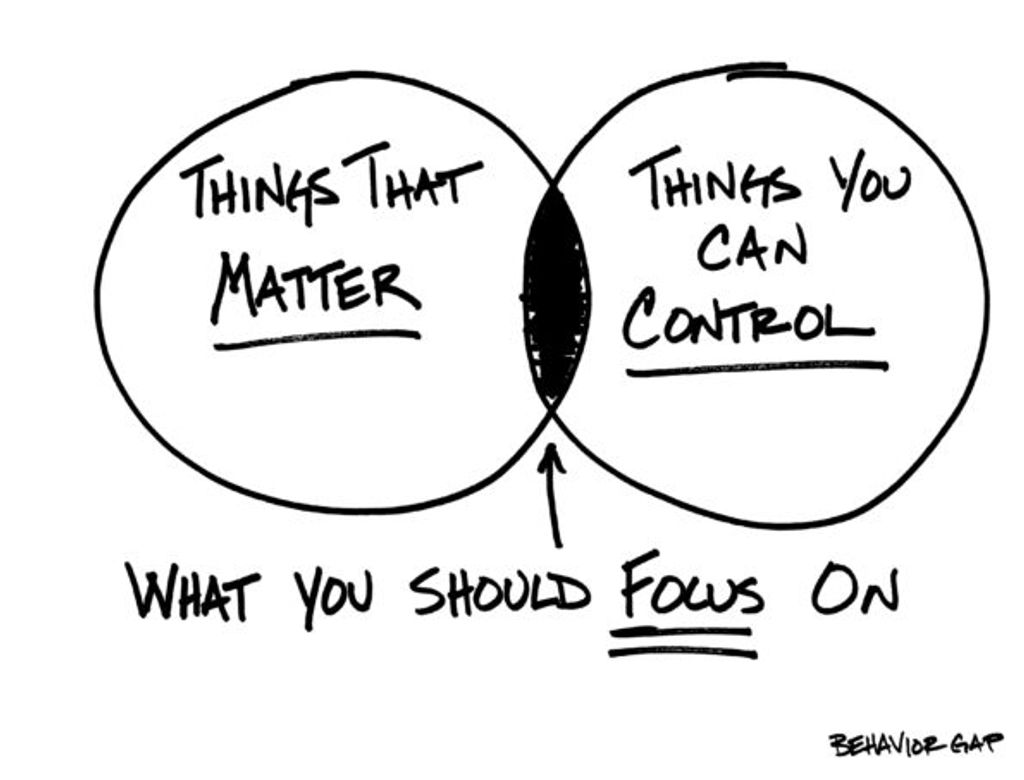
In today's digital age, email has become the primary mode of communication in the professional world. It is essential to master the art of professional email etiquette to effectively convey your message and maintain strong professional relationships. This article will provide valuable insights and tips on perfecting your professional email etiquette with the help of AI.

Professional email etiquette is crucial in the workplace as it sets the tone for effective communication and reflects your professionalism. It ensures that your messages are clear, concise, and respectful, which helps to avoid misunderstandings and maintain positive professional relationships. By following proper email etiquette, you demonstrate your attention to detail, respect for others' time, and commitment to professionalism.
Poor email etiquette can have a detrimental effect on professional relationships. It can lead to misunderstandings, miscommunication, and a breakdown in trust. When emails are written in an unprofessional manner, it reflects poorly on the sender and can damage their reputation. Colleagues and clients may perceive the sender as careless, disrespectful, or unorganized. This can result in strained relationships and a loss of credibility.

Subject lines play a crucial role in email communication. They are the first thing recipients see when they receive an email, and they often determine whether the email will be opened or ignored. Bold formatting can be used to highlight important keywords in subject lines, making them stand out and grab the recipient's attention.
A well-crafted subject line should be clear, concise, and relevant to the content of the email. It should provide a brief summary of the email's purpose or main topic. Using italics can add subtle emphasis to certain words or phrases in the subject line, helping to convey tone or urgency.
In addition to formatting, structuring subject lines in a logical and organized manner can enhance their effectiveness. Here is an example of a structured subject line table:
This table presents different types of emails and provides examples of subject lines that effectively convey the purpose of each email type.
When it comes to writing subject lines for your professional emails, it's important to be clear and concise. A well-crafted subject line can grab the recipient's attention and give them a clear idea of what the email is about. Here are some tips to help you write effective subject lines:
When crafting email subject lines, it is important to use polite language to create a positive impression and maintain professionalism. Polite language helps to convey respect and consideration for the recipient. Here are some tips for using polite language in subject lines:
Using polite language in subject lines can help set the tone for the email and establish a respectful and professional relationship with the recipient.

A clear and organized email structure is crucial for effective communication. It helps ensure that your message is easily understood and that important information is not overlooked. To achieve a clear structure, consider the following:
By structuring your email in this way, you can enhance clarity and professionalism, making it more likely that your message will be read and understood.
When it comes to professional email communication, using proper salutations and greetings is essential. It sets the tone for the rest of the email and shows respect for the recipient. Here are some key points to keep in mind:
Remember, the salutation is the first impression the recipient will have of your email, so make sure it's appropriate and respectful.
Tip: Avoid using generic greetings like 'Hi' or 'Hey' in professional emails as they can come across as too casual.
When writing the body of your professional email, it is important to be concise and relevant. Highlight the key points or information that you want to convey. Avoid unnecessary details or lengthy explanations that may confuse the recipient. Keep your sentences and paragraphs short and to the point. Use subtle emphasis to draw attention to important details or to add emphasis where needed.
If you need to present structured, quantitative data, consider using a Markdown table. This can help organize and present information in a clear and succinct manner. Ensure that the table is properly formatted in Markdown and includes all the necessary headings and data.
For less structured content, such as steps, qualitative points, or a series of related items, use a bulleted or numbered list. This can help break down information into easily digestible points and make it more reader-friendly.
Remember, the goal of writing a concise and relevant email body is to ensure that your message is clear, easy to understand, and gets straight to the point.
When ending your professional email, it is important to include an appropriate sign-off and your contact information. The sign-off should be polite and professional, such as 'Best regards' or 'Sincerely'. This helps to leave a positive impression and maintain a professional tone. Additionally, including your contact information, such as your phone number and email address, allows the recipient to easily reach out to you if needed.

Proofreading and editing are crucial steps in ensuring the professionalism and clarity of your emails. By carefully reviewing your email, you can catch any grammar or spelling errors that may have slipped through. It is important to pay attention to details and make sure that your message is error-free. Here are some tips to help you in proofreading and editing your emails:
Remember, a well-edited email reflects positively on your professionalism and attention to detail.
When it comes to professional email communication, it is crucial to avoid ambiguity and misinterpretation. Clear and concise language is key to ensuring that your message is understood correctly. Using precise and specific words can help eliminate any confusion and prevent misunderstandings. Additionally, it is important to consider the tone and context of your email. Being mindful of the recipient's perspective can help you communicate your message effectively and avoid any unintended misinterpretations.
When communicating through email, it is crucial to be mindful of the tone and emotion conveyed in your messages. The written word can often be misinterpreted, so it is important to choose your words carefully and consider how they may be perceived by the recipient. Maintaining a professional and respectful tone is essential in building and maintaining positive professional relationships. Here are some tips to keep in mind:
Remember, email communication lacks the non-verbal cues and facial expressions that are present in face-to-face conversations. Therefore, it is important to be mindful of how your words may be interpreted by the recipient.
When it comes to professional email communication, replying promptly and professionally is crucial. Timely responses demonstrate your professionalism and respect for the sender's time. It shows that you are attentive and prioritize effective communication. Delayed responses can give the impression of disinterest or lack of professionalism. Therefore, it is important to check your inbox regularly and respond to emails in a timely manner.
In addition to being prompt, it is equally important to respond professionally. Here are some tips to keep in mind:
Remember, your email response reflects your professionalism and can impact your professional relationships. By replying promptly and professionally, you can maintain a positive impression and build strong connections with your colleagues and clients.

In today's professional world, email communication plays a crucial role in various contexts. Whether you are corresponding with colleagues, clients, or business partners, it is essential to understand and adhere to proper email etiquette. Here are some key considerations to keep in mind:
Remember, effective email communication in different professional contexts can help build strong relationships and contribute to your overall professional success.
When faced with difficult or challenging email conversations, it is important to remain calm and composed. Effective communication is key in resolving conflicts and finding solutions. Here are some tips to navigate these situations:
Remember, maintaining professionalism and a positive tone in challenging email conversations can help preserve relationships and foster productive communication.
In today's digital age, remote work has become increasingly common. With the rise of virtual teams and online collaboration, it is essential to maintain proper email etiquette in remote work environments. Effective communication is crucial for remote teams to stay connected and productive. Here are some key considerations for using email etiquette in remote work environments:
Be mindful of time zones: When working with colleagues in different locations, be aware of time differences and avoid sending emails during non-working hours.
Use clear and concise language: Remote communication relies heavily on written messages, so it is important to be clear and concise in your emails. Avoid using jargon or ambiguous language that could lead to misunderstandings.
Be responsive and proactive: In remote work environments, it is important to be responsive to emails and messages. Respond promptly and professionally to ensure effective communication and collaboration.
Use appropriate tone and language: Tone can be easily misinterpreted in written communication, so it is important to use a professional and respectful tone in your emails. Avoid using sarcasm or humor that may not translate well in written form.
Use email management tools: There are various email management tools available that can help you stay organized and declutter your inbox. Consider using these tools to streamline your email workflow and improve productivity.
Establish clear communication guidelines: Remote teams should establish clear communication guidelines to ensure everyone is on the same page. This includes expectations for response times, preferred communication channels, and guidelines for email etiquette.
By following these email etiquette tips, remote workers can effectively communicate and collaborate with their colleagues, leading to increased productivity and success in remote work environments.
When it comes to cross-cultural communication via email, it is crucial to be mindful of cultural differences and adapt your communication style accordingly. Respecting the email etiquette of different cultures can help avoid misunderstandings and foster positive professional relationships. Here are some key considerations:
Remember, effective cross-cultural communication requires sensitivity and understanding. By respecting email etiquette in cross-cultural communication, you can build stronger connections and enhance collaboration with colleagues from around the world.
In conclusion, mastering professional email etiquette is crucial for effective communication in the workplace. By following the guidelines discussed in this article, you can ensure that your emails are clear, concise, and professional. Remember to adapt your tone and style to the recipient, use proper grammar and punctuation, and be mindful of the timing and frequency of your emails. With practice and attention to detail, you can perfect your professional email etiquette and make a positive impression on your colleagues and clients.
Professional email etiquette is important because it helps maintain a positive and professional image in the workplace. It ensures clear and effective communication, builds trust and credibility, and helps avoid misunderstandings or conflicts.
Poor email etiquette can have negative consequences on professional relationships. It can lead to misunderstandings, confusion, and frustration. It may also damage your reputation and credibility, and affect your chances of career growth and opportunities.
To write clear and concise subject lines, make sure to summarize the main purpose or topic of the email. Use specific and relevant keywords, avoid using excessive punctuation or capitalization, and keep it brief and to the point.
In the email body, include all the necessary information related to the purpose of your email. Be concise and organized, use paragraphs and bullet points for readability, and provide any supporting documents or attachments if needed.
Some common mistakes to avoid in professional email communication include grammar and spelling errors, ambiguous or vague language, inappropriate or unprofessional tone, and delayed or unprofessional responses.
To manage email etiquette in remote work environments, make sure to establish clear communication guidelines and expectations. Use proper salutations and greetings, be mindful of time zones, respond promptly, and utilize video or phone calls for more complex discussions.